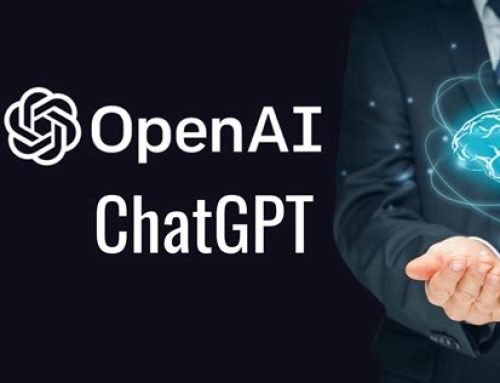On July 20th 2014 it was a swell evening in Eindhoven. It had this tropical sense of warm humidity after a sunny day. No wind, long day light, ideal for a barbecue with family or friends. It smelled even like popped chestnuts even though it wasn’t the time of the year yet.
It was the friday when all summer holidays for the workforces would start. People massively celebrated their freedom and expectations.
At midnight fog built up over the city. When I got up at 8-ish in the morning on the 21st the fog was still very dense. As by natural automatism I checked the air quality through the mobile app that I was testing. Normally I see just green dots, indicating that air pollution was within the established norms. We disputed these norms but this is what we had today so it was our benchmark for the color coding. Below the norm was green, around was orange and above was red. Our ultrafine dust (PM0.1) measurements for instance always show red because we set the norm at 10k particles per cm2 while measuring reality we always arrive well above between 15k and 40k without counting the peaks. PM 1, 2.5 and 10 seem to be set closer to reality’s average. This does not give any health indication just volume and size of the pollution.
It were the pm 2.5 that blew my mind that morning. This is what I saw:

I had not expected such density and wide spread peak of pollution. Outside I observed still dense fog. What was happening? My first reaction was to contact our supplier and partner ECN. They used an internal tool to pinpoint the curious fact that pollution had built up from midnight onwards, peaking in the morning. What could cause such general outburst of pollution at a time that the city was supposed to at rest?
I contacted the citizen’s network to verify events that could explain this, a massive fire somewhere for instance, and there wasn’t any. The people did come back to me with remarks about respiration and sleep difficulties. Especially people with lung deficiencies had a bad night but others, normally healthy people, also complained about nausia and problems.
The technician of our local public hospital suggested that we had been measuring water droplets of the fog instead of pollution particals. He had a point because the pollution build up showed a parallel with the appearance and density of the fog. Checking this out at the manufacturing partner of the ILM we could largely eliminate this because we dry the air before counting the particles. There did however seem to be a link between the water of the fog and the development of sick making smog.
This is what we had at 10am, 2 hours after the first detection:
* warm holiday evening with many residents still in the city
* barbecue culture with massive usage that evening
* no special events, fires, traffic jams that night
* no wind or rain
* smog peak forming from midnight onwards
* fog development from midnight onwards
* it affected the entire city
* people reporting sickness and respiration problems all night
Adding up all the evidence we came to a preliminary scenario. Fumes of roasted meat and burned coals had accumulated over the city during the evening. The pollution had not been dispursed due to the calm weather. The fumes contain chemicals from the meat that react with the fine dust when in contact with the water of the fog. The particles and chemical reactions made the fine dust heavier, showing it on our equipment. These particular, meat related chemical reactions produced sick making materials in the air over night.
This line of thinking got a surprising backing from the hospital technical department. In the operation chambers wounds would be closed using a burning technique. The fumes would react with the pollution under special conditions, for instance when ionizing the environment to eliminate pollution coming in from the street. Hospital personnel had complained about nausea and respiratory problems under these circumstances.
We blogged about the finding and the newspapers picked it up, locally and nationally. Our scientists still need to verify it and simulations will be done now in labs. From a citizens point of view we now look at valid innovations in the field of bbqs. We will also involve the hospital further in our plans to see how we can further benefit from each other’s experiences and share these with the world and among hospitals themselves.



Leave A Comment